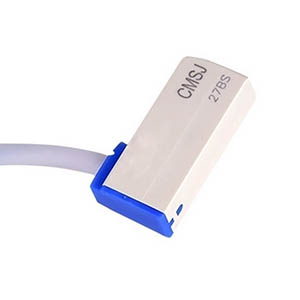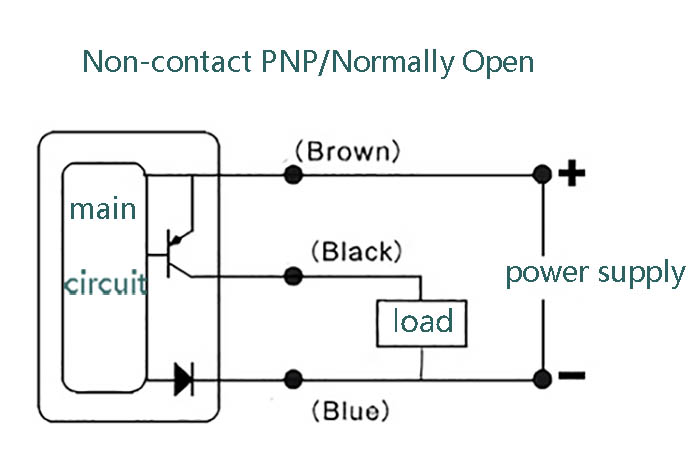How does Magnetic Cylinder Sensors Work?
The accessories of the magnetic switch applied to the cylinder are also called magnetic cylinder sensors. Today, the combination of magnetic switches and cylinders is widely used in hundreds of fields such as robots, automation equipment, medical equipment, and transportation. So do you know how it works? The following content will provide you with a detailed working principle.
Magnetic Sensor Basics
Magnetic sensors are commonly known as magnetic switches, which are mainly composed of magnetic sensing elements and electronic circuits. Through the characteristics of the magnetic induction of the magnetic sensing element, the position of the magnetic ring moving with the piston in the cylinder is detected, and then the purpose of detecting the action position of the piston rod is achieved; in the automatic control system, it can be used for limit, counting, positioning control and automatic protection and other functions. As the name suggests, the magnetic cylinder sensor is an accessory that detects the position of the cylinder and works with the solenoid valve. The cylinder magnetic switch is used to detect the position of the cylinder piston, that is, to detect the movement stroke of the piston. It can be divided into two types: contact type and non-contact type. The reed switch type with contacts is a mechanical contact composed of two pieces of reed switch, which is universal for AC and DC power supplies.
When the magnetic ring moving with the cylinder is close to the induction switch, the induction switch is magnetized to close the contact and generate a signal; when the magnetic ring leaves the magnetic switch, the contact is disconnected and the signal disappears. In this way, the piston position of the cylinder can be detected to control the corresponding solenoid valve action.
Working Principle
The magnetic sensor is a proximity sensor that responds to a permanent magnetic field. The response curve is related to the direction of the magnetic field.
The distance is greater than the inductance sensor. When a target approaches, the magnetic permeability of the coil iron core becomes smaller, and the inductance of the coil also becomes smaller.
The value increases, the oscillator is excited to oscillate, and the oscillating current is increased. In short, the induction switch is used to sense the magnet and then close it to send out a signal. The cylinder magnetic switch is to install the magnetic switch outside the cylinder barrel of the cylinder. The cylinder must be made of materials with weak magnetic permeability and strong magnetic isolation, such as duralumin, stainless steel, brass, etc. Install a permanent magnet (rubber magnet or plastic magnet) magnetic ring on the non-magnetic piston, when the magnetic ring moving with the piston approaches the switch, the two reeds of the reed switch are magnetized and attract each other, and the contacts are closed; After the magnetic ring moves away from the switch, the reed is demagnetized and the contacts are disconnected. When the outlet is closed or disconnected, an electric signal is sent (or the electric signal disappears), and the corresponding solenoid valve is controlled to complete the switching action.
Magnetic sensors are widely used in modern industries and electronic products to measure physical parameters such as current, position, and direction by inducing magnetic field strength. In the prior art, there are many different types of sensors used to measure magnetic fields and other parameters. For example, Hall element, Anisotropic Magnetoresistance AMR or Giant Magnetoresistance, GMR element is used as the magnetic cylinder sensor of the sensitive element. The TMR element is a new type of magnetoresistance effect sensor that has been applied in industry in recent years. It uses the tunnel magnetoresistance effect of magnetic multilayer film materials to sense the magnetic field. Large resistance change rate.
We usually use Magnetic Tunnel Junction to refer to the TMR element. Compared with the Hall element, the MTJ element has better temperature stability, higher sensitivity, lower power consumption, and better linearity. Magnetic ring structure; Compared with AMR components, it has better temperature stability, higher sensitivity, wider linear range, no additional set/reset coil structure; Compared with GMR components, it has better temperature stability and more High sensitivity, lower power consumption, wider linear range.


